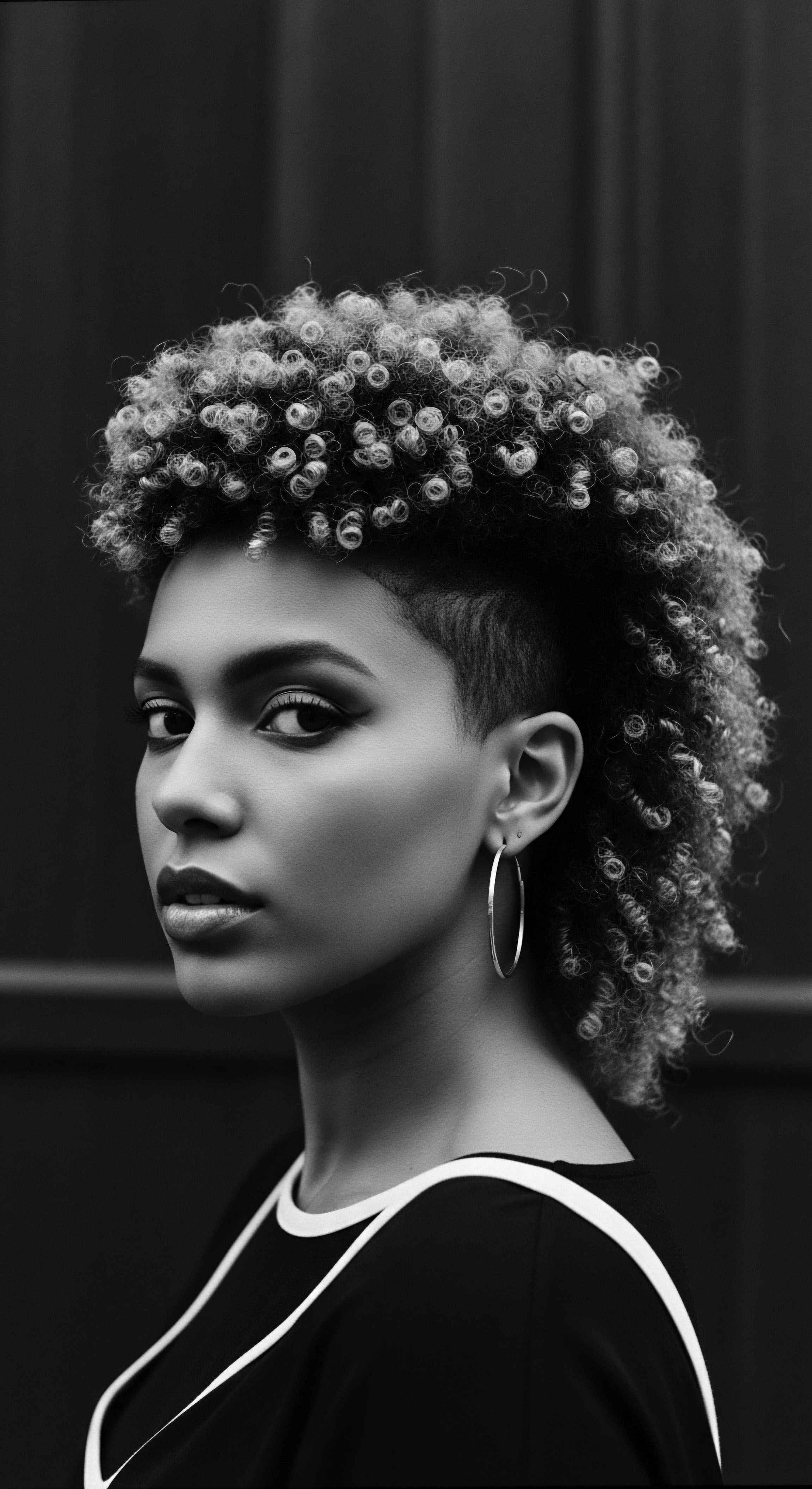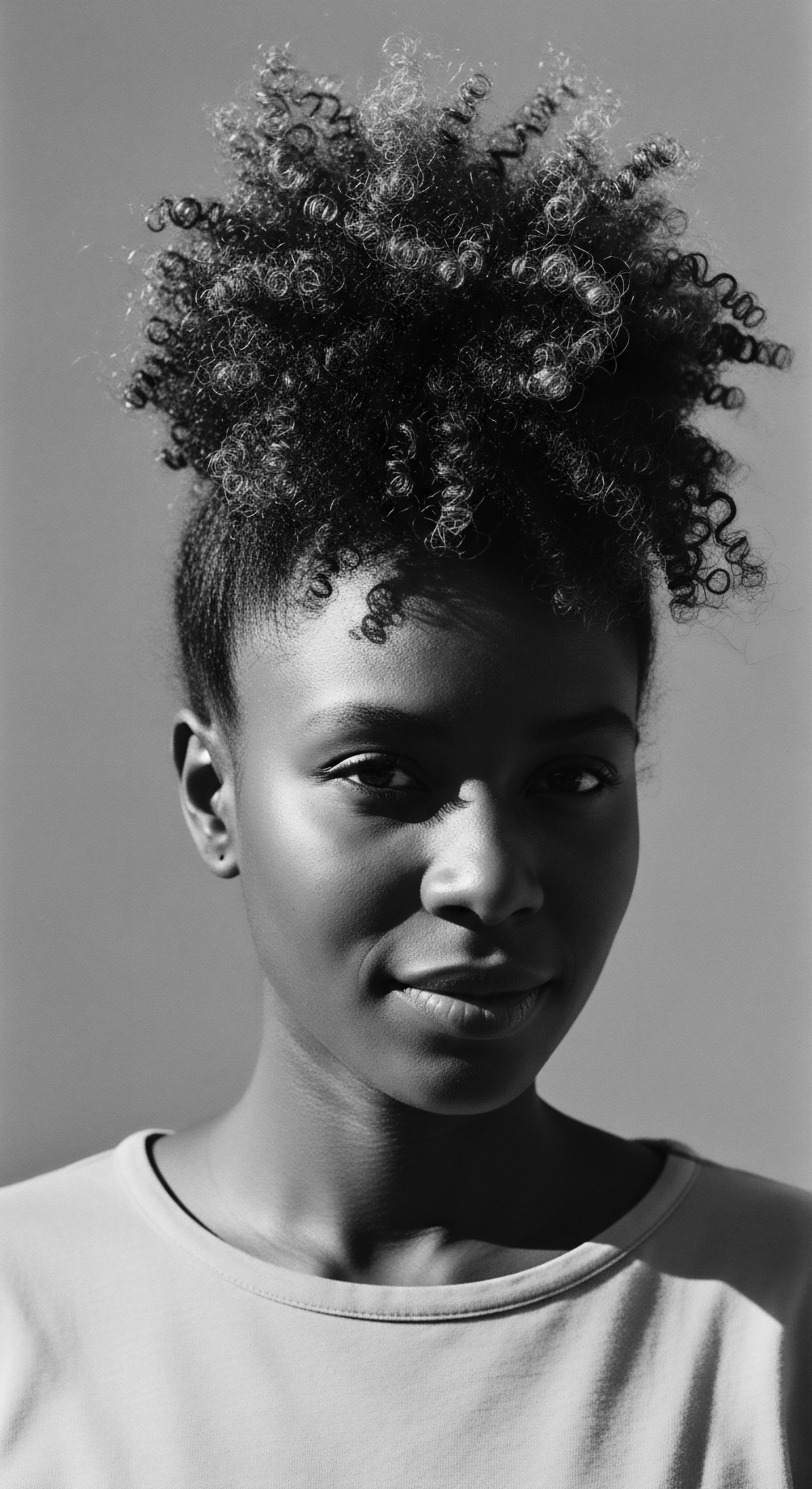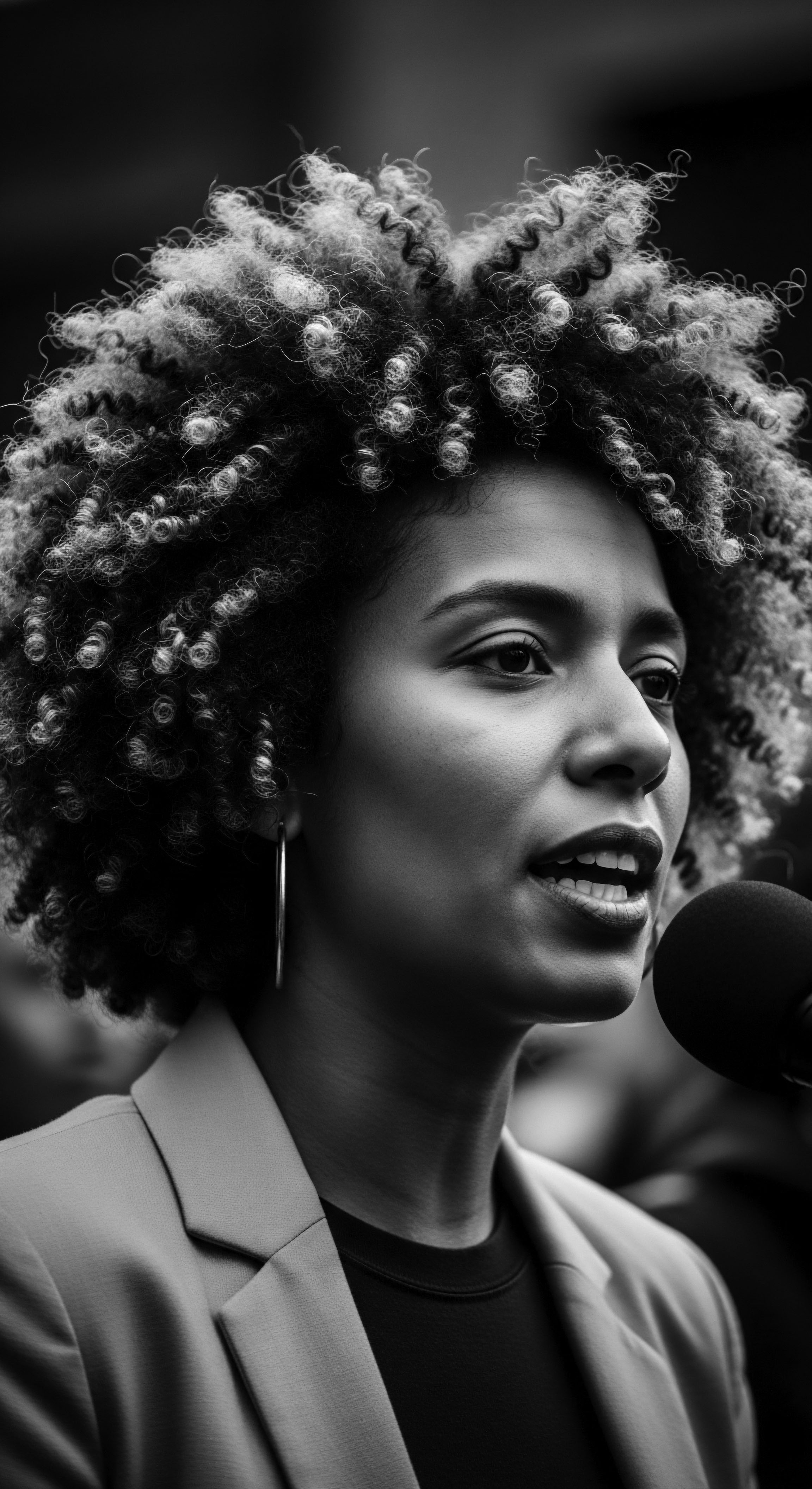
How do plant oils protect textured hair structurally?
Plant oils protect textured hair by nourishing and sealing strands, a legacy echoing ancestral care for structural resilience.

How does textured hair’s structure influence ancestral coloring practices?
Textured hair's coiled shape and cuticle structure dictated how ancestral colorants adhered and penetrated, deeply shaping heritage practices.

What minerals within clays benefit textured hair’s structure?
Clays deliver vital minerals, like silica and magnesium, that fortify textured hair's protein structure and balance the scalp, connecting back to ancestral hair care traditions.

What nutrient deficiencies changed textured hair structure historically?
Historical nutrient deficiencies weakened textured hair, revealing a legacy of resilience and adaptive ancestral care.

How does textured hair’s structure affect its natural hydration?
Textured hair's elliptical shape and coiled pattern hinder natural oil distribution, demanding intentional hydration rooted in heritage.

Can textured hair’s unique structure provide sun protection?
Textured hair’s unique coiled structure and rich melanin content, a **heritage** from ancestral adaptation, offer inherent sun defense.

How does textured hair’s structure impact moisture from a heritage viewpoint?
Textured hair's structure, with its unique bends and cuticle patterns, impacts moisture by increasing surface area for evaporation; ancestral practices were ingeniously adapted to this inherent quality.

Can textured hair structure explain traditional care methods and their efficacy?
Textured hair's unique structure intrinsically shaped traditional care, a heritage of methods fostering moisture and resilience.

How does textured hair’s structure benefit from oil sun defense?
Oils physically coat textured hair, reducing UV penetration, preserving moisture, and offering antioxidant support rooted in ancestral wisdom.

Why do biophysical factors influence moisture retention in textured hair?
Textured hair’s unique coiled structure and lifted cuticles inherently influence moisture retention, a challenge intimately understood across its heritage.

How does science explain Afro-textured hair’s dryness?
Afro-textured hair's unique coiled structure and open cuticles, a heritage of biological adaptation, contribute to its distinct hydration needs.

How does textured hair’s structure increase its friction?
Textured hair's unique coiled structure creates increased strand-on-strand contact, enhancing friction, a property deeply connected to its ancestral protective and styling heritage.

How do chemical treatments affect textured hair’s protein bonds?
Chemical treatments modify textured hair's protein bonds, altering its natural curl and linking to a deep heritage of identity and care.

How does textured hair’s structure relate to ancient cleansing methods?
Textured hair's unique structure informed ancestral cleansing methods that prioritized gentle, botanical care, respecting its delicate nature.

How does hair porosity connect to heritage care?
Hair porosity, a genetic trait, dictates how textured hair absorbs and retains moisture, fundamentally shaping heritage care practices.

Hair Disulfide Bonds
Meaning ❉ Hair disulfide bonds are crucial chemical linkages within keratin proteins, determining hair's inherent shape, strength, and elasticity, particularly in textured hair.

How does the inherited structure of textured hair influence contemporary product development?
Inherited textured hair structures guide modern product development by integrating ancestral wisdom with scientific understanding.

How do hair structures reflect ancestral resilience?
Hair structures, particularly coils, reveal ancestral resilience through their protective adaptions to climate and their role in cultural continuity.

Can botanical ingredients truly strengthen delicate textured hair?
Botanical ingredients strengthen delicate textured hair by aligning with its unique structure and building upon centuries of ancestral heritage.

In what ways does Ghassoul support textured hair’s unique structure?
Ghassoul gently cleanses and detangles textured hair, honoring ancestral wisdom through its mineral-rich composition, supporting resilience and cultural pride.

How does our heritage inform modern protective styles and their link to hair’s structure?
Our heritage deeply informs modern protective styles by linking hair's unique structure to ancient care practices and cultural resilience.

How does textured hair structure benefit from traditional oils?
Traditional oils support textured hair by providing essential moisture, reducing friction, and fortifying its delicate structure through ancestral care rituals.

How does textured hair’s structure shape historical and modern care?
Textured hair's unique structural properties have profoundly shaped historical and modern care, rooted in ancestral practices prioritizing moisture and protection.

How did historical dietary staples benefit textured hair’s structure?
Historical diets, rich in proteins, vitamins, and minerals, provided foundational nourishment for textured hair's unique structure and heritage resilience.

What is textured hair’s fundamental structure?
Textured hair's fundamental structure is its unique coiled form, stemming from an elliptical follicle, profoundly shaped by heritage.

Why did ancestral oils suit textured hair structures?
Ancestral oils suited textured hair by providing essential moisture and protection, a wisdom deeply rooted in cultural heritage and natural observation.

How do ancestral oils benefit textured hair structure?
Ancestral oils strengthen textured hair structure by providing deep conditioning, sealing moisture, and protecting against environmental stressors, honoring a rich heritage of care.

Did ancestral diets impact textured hair structure?
Ancestral diets provided essential nutrients that profoundly supported the inherent structure and vitality of textured hair, a testament to enduring heritage.

Which nutrients in red palm oil connect directly to textured hair’s unique structure?
Red palm oil’s tocotrienols, carotenoids, and fatty acids deeply support textured hair’s unique structure, reflecting ancestral wisdom in hair care.

